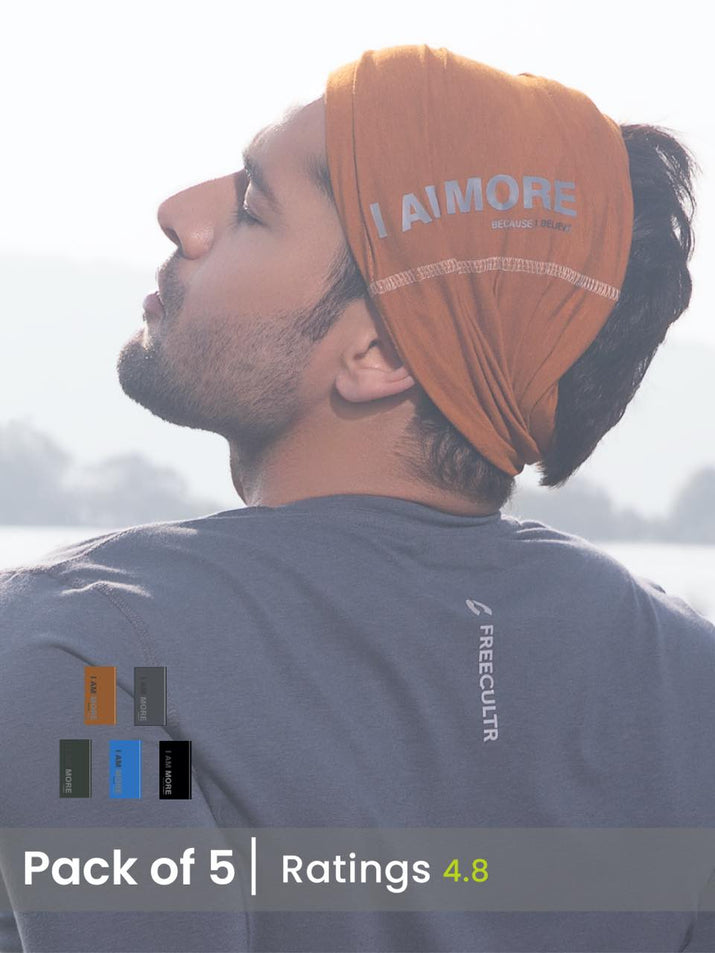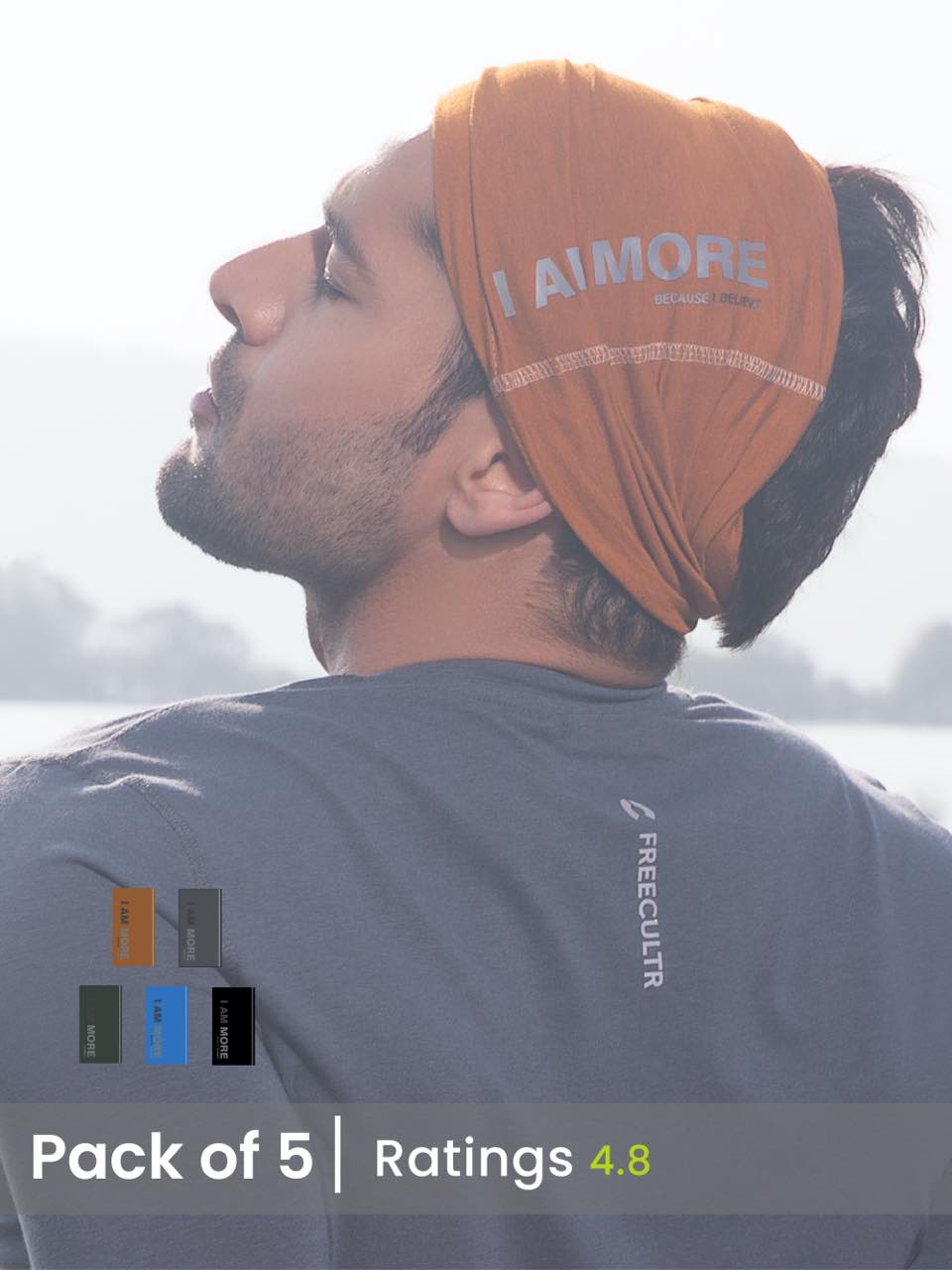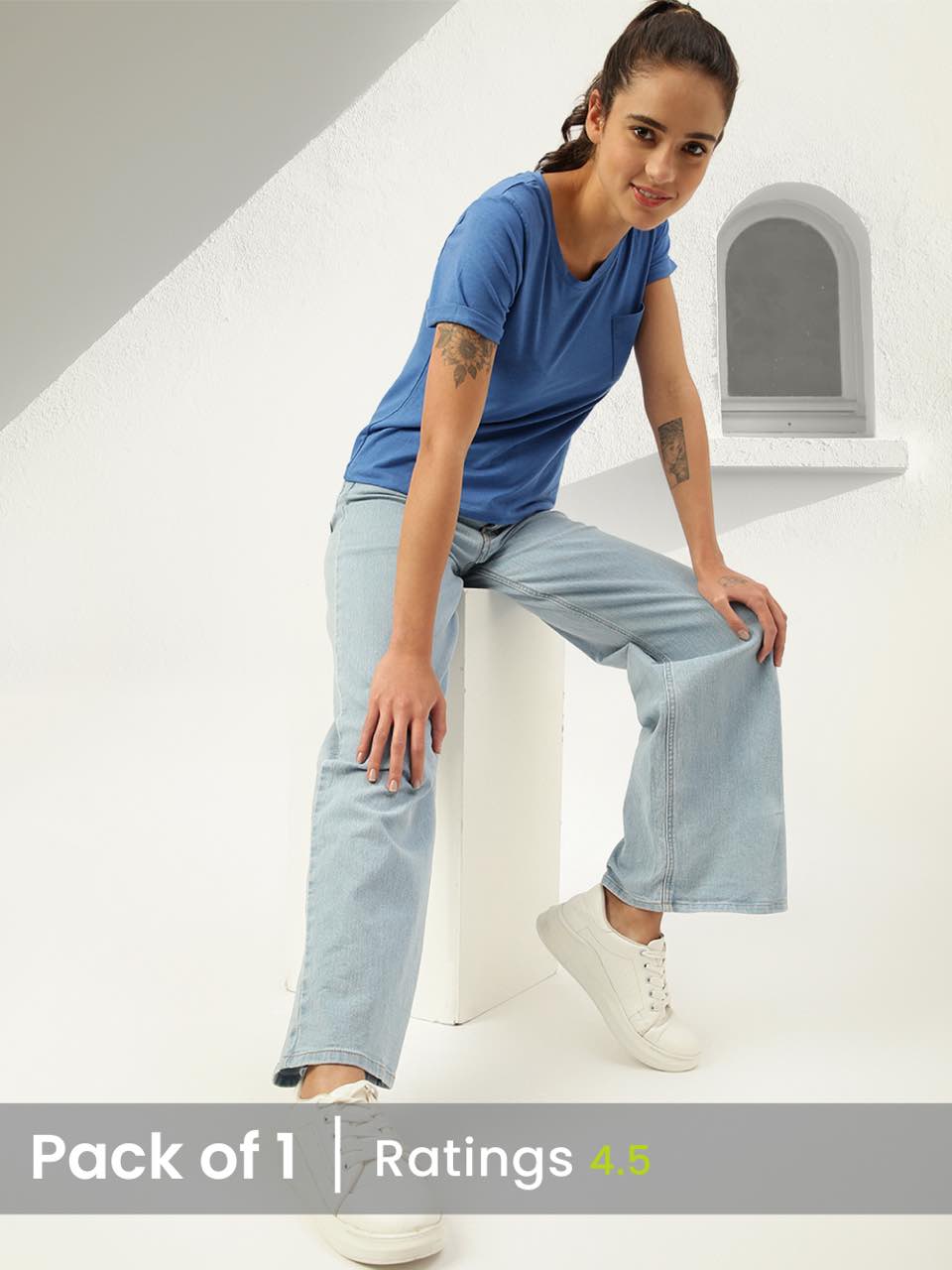Far more than a mere fabric square, the bandana has solidified its position as a quintessential accessory, marrying historical utility with contemporary fashion. Originally a practical item for dust protection among cowboys or a distinguishing mark for groups, its evolution sees it now gracing high fashion runways and dominating streetwear trends, reflecting a modern appreciation for versatile, functional pieces. Specific applications range from an essential sweatband for athletes and a quick sun-shielding headwrap to a chic necktie or even a makeshift face covering, highlighting its adaptability. This simple yet robust textile, often in breathable cotton or luxurious silk, exemplifies how a single accessory can transcend aesthetic appeal, offering enduring practical value in diverse, dynamic environments.

Understanding the Enduring Appeal of the Bandana
A bandana, at its core, is a piece of square or triangular cloth, typically printed with a pattern, that has served humanity in various capacities for centuries. The term itself is believed to originate from the Hindi word "bandhnu," referring to a tie-dyeing technique, highlighting its historical roots in vibrant, patterned textiles. While often associated with specific cultural movements or fashion trends, the humble bandana boasts a rich history of practical utility long before it became a ubiquitous fashion accessory. Its simple design belies a remarkable versatility, making it a staple in wardrobes and utility kits alike across diverse demographics.The Historical Journey of the Bandana
The journey of the bandana from a utilitarian item to a fashion statement is a fascinating narrative. Historically, bandanas were used by cowboys, farmers. laborers for protection against dust, sun. sweat. Miners, for instance, would often tie a bandana around their neck to wipe away sweat or to filter dust from the air. During the American Civil War, soldiers utilized bandanas for various purposes, including distinguishing units, first aid. carrying small items. The 20th century saw the bandana evolve significantly. During World War II, "Rosie the Riveter" famously wore a polka-dotted bandana as a symbol of women's empowerment in the workforce, cementing its status as more than just a piece of fabric. Later, in the 1960s and 70s, the bandana was embraced by counter-culture movements, becoming a symbol of rebellion and individuality. The 80s and 90s witnessed its integration into mainstream fashion, often seen in hip-hop culture and among rock musicians. This continuous adaptation through different eras underscores the bandana's timeless appeal and its ability to transcend its original practical applications to become a powerful cultural symbol.Unisex Versatility: Why the Bandana Transcends Gender
One of the most defining characteristics of the bandana is its inherent unisex appeal. Unlike many fashion accessories that are traditionally gendered, the bandana has been universally adopted by men, women. individuals of all gender identities without reservation. This broad acceptance stems from several key factors:- Simple Design The basic square shape and absence of gender-specific tailoring make it inherently neutral.
- Pattern Diversity While the classic paisley bandana is iconic, the sheer variety of patterns, colors. prints available ensures there's a bandana to suit every taste and style, irrespective of gender. From solid colors to intricate geometric designs, floral motifs, or novelty prints, the options are endless.
- Functional Utility Its practical uses are not limited by gender. Anyone can benefit from its ability to manage sweat, protect from the sun, or serve as an impromptu tool.
- Adaptability in Styling The numerous ways a bandana can be worn (as a headband, necktie, wristband, etc.) allow for personal expression that isn't confined to traditional gender norms.
- Cultural Symbolism Throughout history, the bandana has been worn by diverse groups of people for various reasons, making its symbolism broad and inclusive rather than exclusive to one gender.
Fashionable Applications of the Bandana
The bandana's fashion potential is immense, limited only by creativity. It can effortlessly elevate a simple outfit or add a pop of color and personality. Here are some popular ways to style a bandana:- Headwear
- Headband Folded into a strip and tied around the head, perfect for keeping hair out of the face or adding a splash of color.
- Hair Tie/Wrap Used to tie a ponytail, bun, or even as a full head wrap for a bohemian or retro look.
- Hair Accessory Woven into braids or used to adorn a messy bun.
- Neckwear
- Necktie/Neckerchief Loosely tied around the neck for a casual, chic look, or more tightly for a sophisticated accent. This can provide warmth in cooler weather or simply add a stylistic touch.
- Cowboy Style Tied around the neck with the knot at the back, allowing the triangular point to hang forward, reminiscent of classic Western wear.
- Wrist & Arm Accessories
- Wristband Folded and tied around the wrist as a casual bracelet, often seen in athletic or casual settings.
- Armband Worn higher on the arm, adding a unique detail to short-sleeved outfits.
- Bag & Belt Embellishment
- Bag Accessory Tied around the handle of a handbag or backpack to add a personalized touch. This is a simple yet effective way to refresh an old bag.
- Belt Substitute/Accent Woven through belt loops or tied around the waist over a dress or jeans for an unconventional belt.
- Other Creative Uses
- Pocket Square A folded bandana can serve as a vibrant pocket square in a blazer or jacket.
- Ankle Scarf Tied loosely around the ankle, adding a subtle, unexpected detail to an outfit.
- DIY Face Covering In certain situations, a bandana can be improvised into a basic face covering, though it may not offer the same protection as medical-grade masks.
Practical and Utilitarian Uses of the Bandana
Beyond its role in fashion, the bandana's utilitarian value is immense, making it a favorite among outdoor enthusiasts, travelers. anyone who appreciates multi-functional items. Its simple design, lightweight nature. absorbency make it an indispensable tool in various scenarios:- Hygiene and Personal Care
- Sweatband Tied around the forehead to absorb sweat during physical activity or in hot climates.
- Wipe/Towel Used to wipe hands, face, or equipment when a towel isn't readily available.
- Dust Mask/Face Covering Pulled over the nose and mouth to provide a basic barrier against dust, pollen, or airborne particles, particularly useful in dusty environments or during outdoor chores.
- Sun Protection Worn over the head or neck to shield skin from harmful UV rays.
- First Aid and Emergency Situations
- Tourniquet/Pressure Bandage Can be folded and used to apply pressure to a wound or as a makeshift tourniquet in emergency situations (though proper medical training is essential for such applications).
- Sling Can support an injured arm or shoulder.
- Cold Compress Soaked in cold water and applied to alleviate fever or reduce swelling.
- Signaling Device A brightly colored bandana can be waved to signal for help in an emergency.
- Outdoor and Wilderness Applications
- Pre-filter for Water Can be used to strain larger particles from water before purification.
- Pot Holder/Hot Pad Folded multiple times, it can protect hands when handling hot cooking utensils over a campfire.
- Kindling/Fire Starter A dry bandana can be torn into strips and used as tinder to start a fire.
- Gear Tie/Marker Used to tie gear together, mark a trail, or identify personal items.
- General Utility
- Makeshift Pouch/Bag Foraging for berries or carrying small items.
- Cleaning Cloth Wiping down surfaces or cleaning glasses.
- Pet Accessory A stylish and often cooling accessory for pets, especially dogs.
Choosing Your Ideal Bandana: Materials, Size. Patterns
Selecting the right bandana involves considering its intended use, personal style. comfort.- Materials
- Cotton The most common and versatile material. Cotton bandanas are soft, absorbent, breathable. easy to care for, making them ideal for both fashion and practical uses. They are durable and become softer with each wash.
- Polyester/Blends Offer quicker drying times and may be more resistant to wrinkles and fading. These are often preferred for athletic or outdoor activities where moisture-wicking properties are desired.
- Silk A luxurious option for purely fashion purposes. Silk bandanas are incredibly soft, smooth. have a beautiful drape, perfect for elegant neckties or hair accessories. They are less absorbent and more delicate to care for.
- Linen Known for its breathability and durability, linen bandanas are excellent for hot weather. They have a slightly coarser texture than cotton but soften over time.
- Size
- The standard bandana size is typically 22x22 inches (approximately 56x56 cm). This size offers the most versatility for various tying methods and uses.
- Larger bandanas (e. g. , 27x27 inches) provide more fabric for fuller head wraps, elaborate knots, or more extensive coverage for practical uses.
- Smaller bandanas (e. g. , 18x18 inches) might be suitable for pocket squares, pet accessories, or for those who prefer a less bulky look.
- Patterns and Colors
- Paisley The classic and most recognizable bandana pattern. Its intricate teardrop motif is timeless and adds a touch of vintage charm.
- Solid Colors Offer simplicity and allow for easy coordination with various outfits. They are excellent for creating a minimalist or refined look.
- Plaid/Gingham Provide a rustic or preppy aesthetic, popular in fall fashion.
- Novelty Prints Feature everything from animals and landscapes to abstract art and pop culture references, allowing for strong personal expression.
- Tie-Dye A vibrant and free-spirited choice, reminiscent of bohemian styles.
Caring for Your Bandana
Proper care ensures your bandana remains vibrant and functional for years.- Washing Most cotton and polyester bandanas can be machine washed in cold water with similar colors. For silk bandanas, hand washing with a gentle detergent or dry cleaning is recommended to preserve their delicate fibers.
- Drying Air dry bandanas by laying them flat or hanging them to prevent shrinkage and maintain their shape. If using a dryer, opt for a low heat setting.
- Ironing Cotton bandanas can be ironed on a medium-high setting to remove wrinkles. Silk bandanas should be ironed on a low setting, preferably while slightly damp, or with a pressing cloth.
- Storage Store bandanas folded neatly or rolled to prevent creasing and to keep them organized.
Conclusion
The unisex bandana truly stands out as a fashion powerhouse and a beacon of practicality, proving its enduring relevance far beyond fleeting trends. From the resurgence of Y2K fashion where it's a chic headscarf, to its indispensable role in outdoor activities as a sweatband or impromptu face covering, its versatility is unmatched. I recently found my own vibrant red bandana invaluable, first as a comfortable neckerchief for a casual brunch, then later that day as a quick hair tie when the wind picked up unexpectedly. This simple square of fabric invites personal expression. Don't hesitate to experiment: knot it around your wrist for a subtle pop of color, weave it through your belt loops for a unique detail, or tie it to your favorite bag to instantly refresh its look. The beauty of the bandana lies in its adaptability and its ability to effortlessly bridge the gap between utility and high street style. Embrace this versatile accessory; let it be a testament to your creativity and a reliable tool in your daily ensemble.More Articles
Bandana for Men – Rugged Style & Outdoor DurabilityTank Top – Versatile Layering & Freedom of Movement
Sling Bag – Compact Organization & Hands-Free Convenience
Sleeves – Enhanced Protection & Athletic Performance
FAQs
What exactly is a unisex bandana?
It's a versatile piece of fabric, usually square, designed to be worn by anyone, regardless of gender. It seamlessly blends fashion with practical uses, making it a super adaptable accessory for various needs.
How can I style a bandana to look fashionable?
There are tons of ways to rock a bandana! You can tie it around your head as a headband or hair tie, wear it as a neck scarf, knot it around your wrist for a subtle accent, or even use it to accessorize your bag. It instantly adds a cool, effortless vibe to any outfit.
Besides looking good, what are some practical things I can use a bandana for?
It's incredibly handy! You can use it to keep hair out of your face during activities, absorb sweat during workouts, protect your neck from sun or wind, or even as a makeshift face covering if needed. Some people also use them as a quick napkin or to carry small items in a pinch.
What material are these bandanas typically made from. are they comfortable to wear?
Most unisex bandanas are made from soft, breathable cotton, which makes them really comfortable against the skin. They're lightweight and not itchy, so you barely notice you're wearing one, even on warmer days.
How do I wash and care for my bandana to keep it looking great?
Caring for your bandana is usually pretty easy. Most can be machine washed with similar colors in cold water and tumble dried on low. To keep colors vibrant and prevent shrinking, air drying is also a great option.
Is a unisex bandana truly for everyone, or are there specific styles for men/women?
Absolutely for everyone! The 'unisex' part means it's designed to be universally appealing. The patterns and colors are generally neutral or broadly attractive, so anyone can rock a bandana, regardless of their personal style or gender.
Are bandanas usually one-size-fits-all, or do they come in different sizes?
Typically, bandanas come in a standard square size (like 22x22 inches), which is pretty much one-size-fits-all because of how versatile they are in tying and folding. This standard size works well for most head sizes and styling options.






